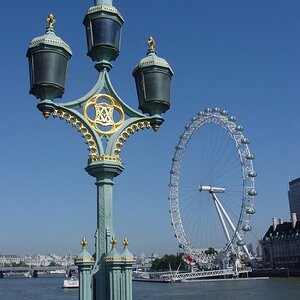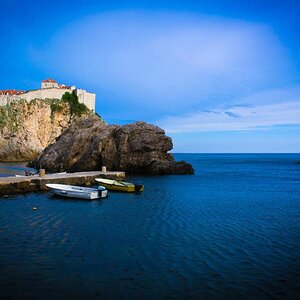Braineack
Been spending a lot of time on here!
- Joined
- Jun 17, 2013
- Messages
- 13,214
- Reaction score
- 5,613
- Location
- NoVA
- Can others edit my Photos
- Photos OK to edit
Just to clarify: A crop sensor does NOT give you 'more reach'. The crop factor simply refers to the field of view, and NOT any extra magnification. In other words, on a crops sensor, a 100mm lens is considered to a 150mm lens, however what this means is that when you mount a 100mm lens on a crop-sensor body, it gives you a field of view similar to that of a 150mm lens on a full-frame body. It does not magnify it.
he didn't say extra magnification or focal length, he said extra reach.
what if we defined "reach" as a narrower FOV (as it always is) and not focal length or magnification (not that anyone actually does). now what?
I'm going to quote you
"The crop factor simply refers to the field of view"
now:
"The reach factor simply refers to the field of view"
:shock:Erhmmm... how'zat again?
define reach.
true statement:
all things being equal crop sensors give you extra reach.
false statement:
all things being equal crop sensors give you extra focal length.
false statement:
all things being equal crop sensors give you extra magnification.


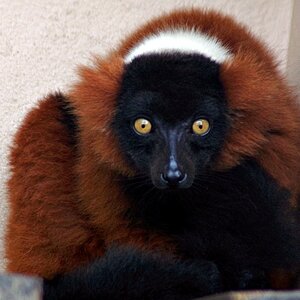

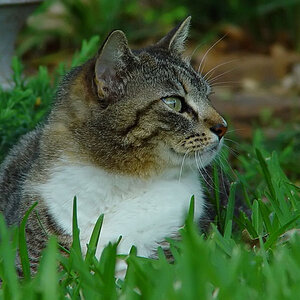
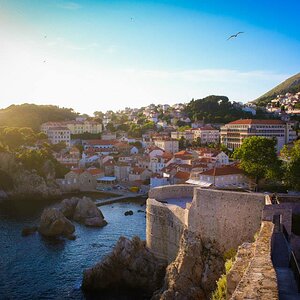
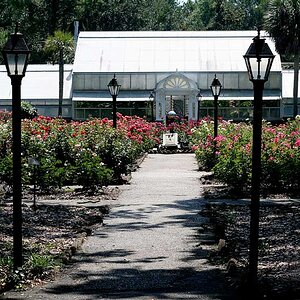
![[No title]](/data/xfmg/thumbnail/41/41819-f9479f2ecfaf8e9491a13a92e02e640a.jpg?1619739903)

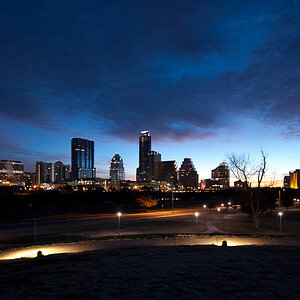
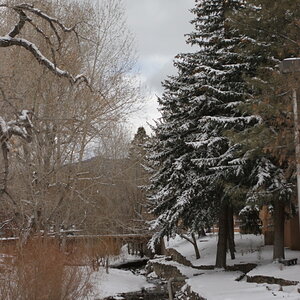
![[No title]](/data/xfmg/thumbnail/38/38737-350089c7ae87f5c983c5362b9b78b671.jpg?1619738703)
